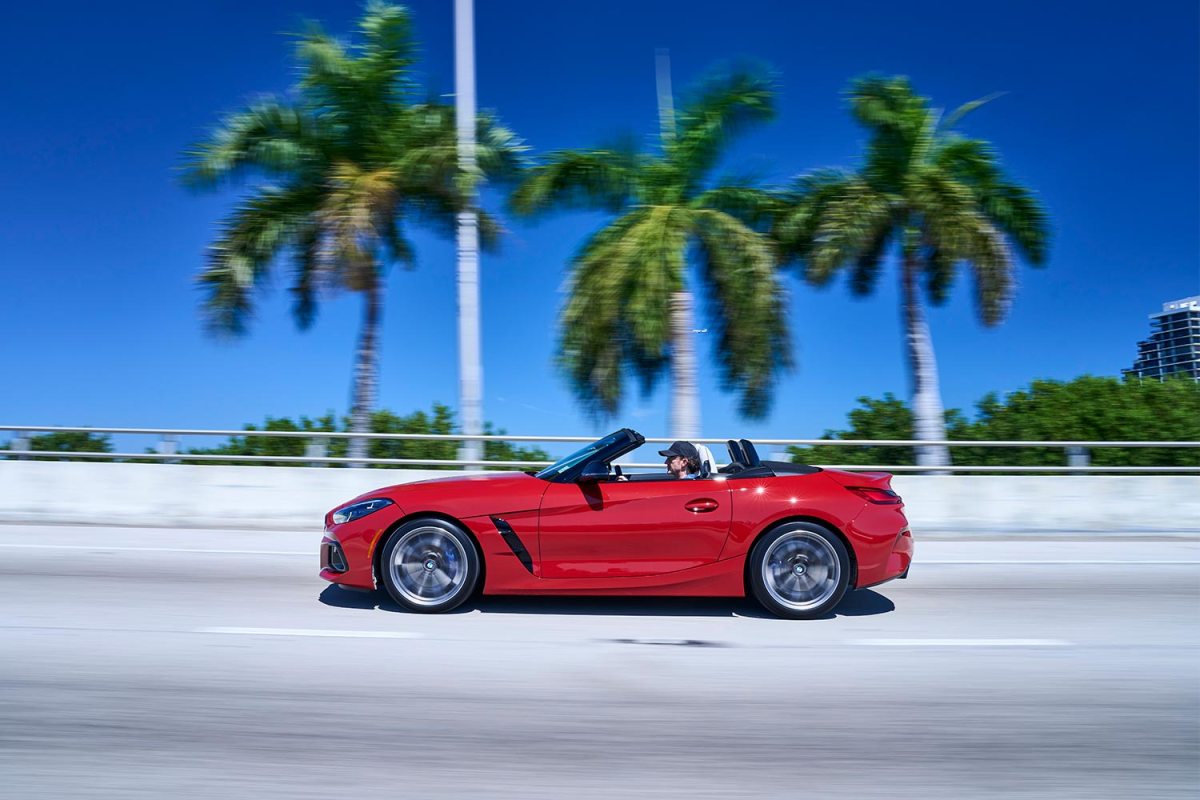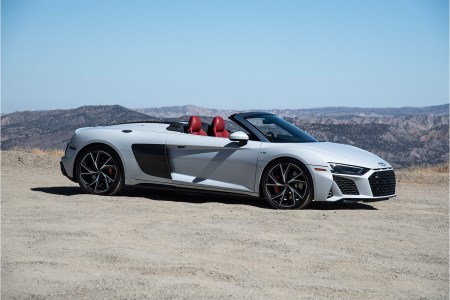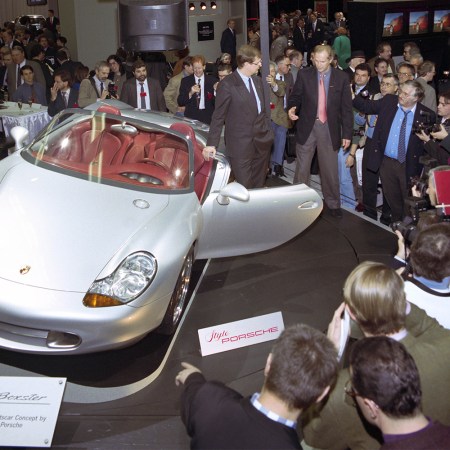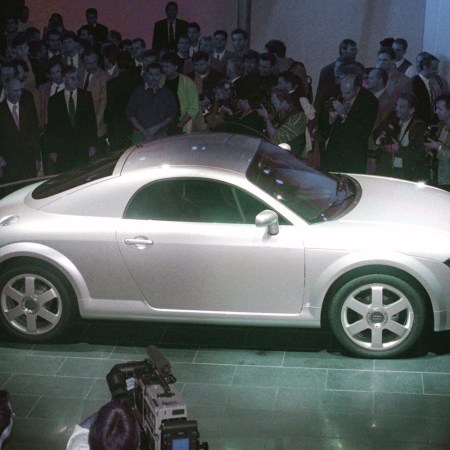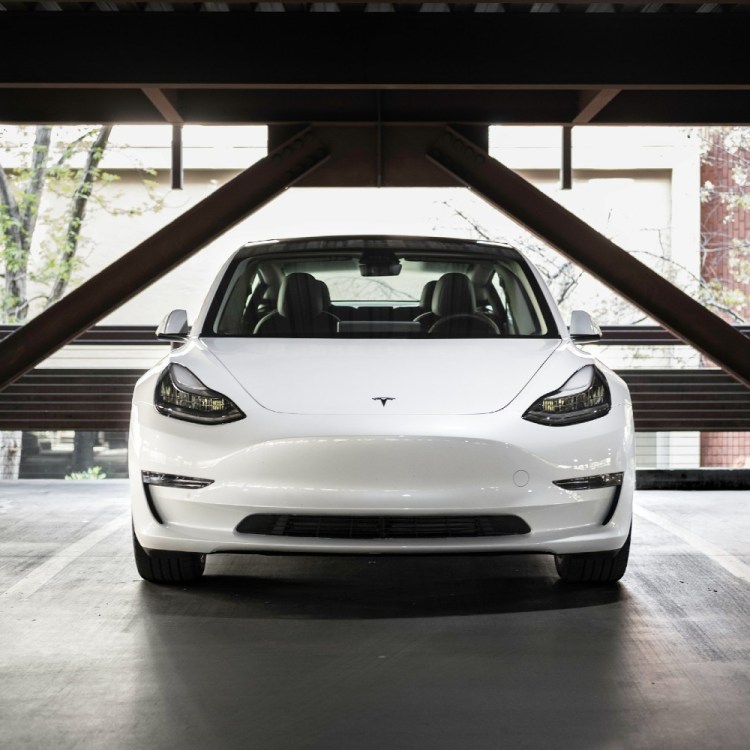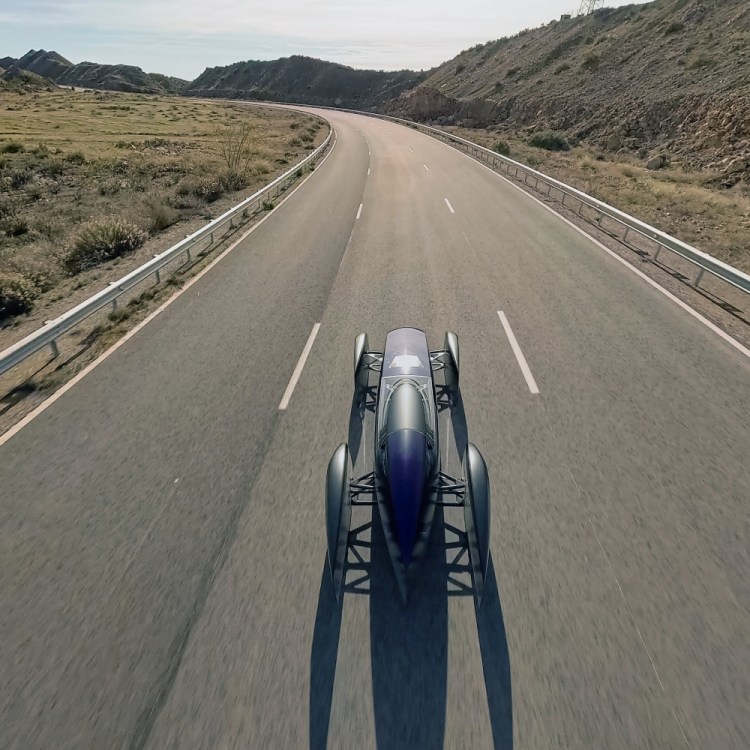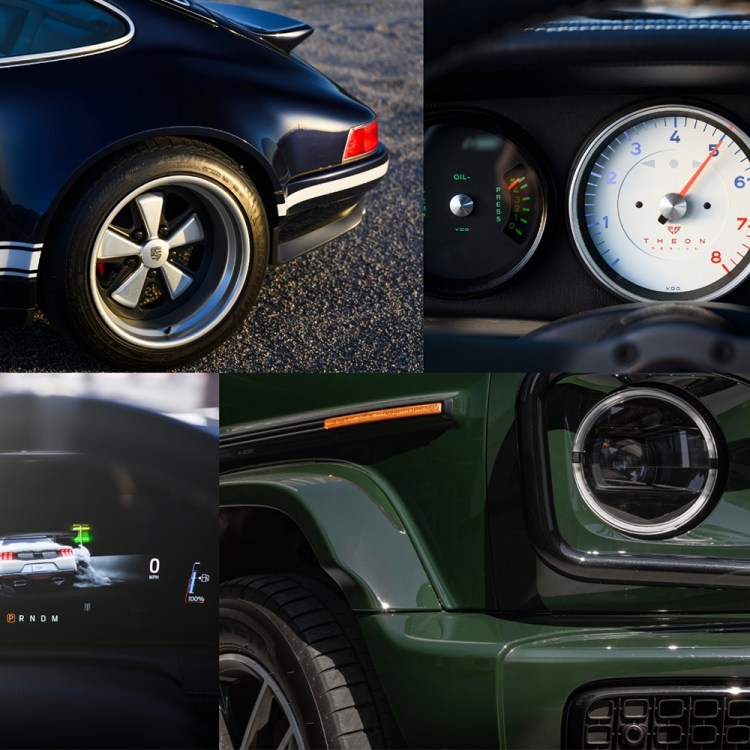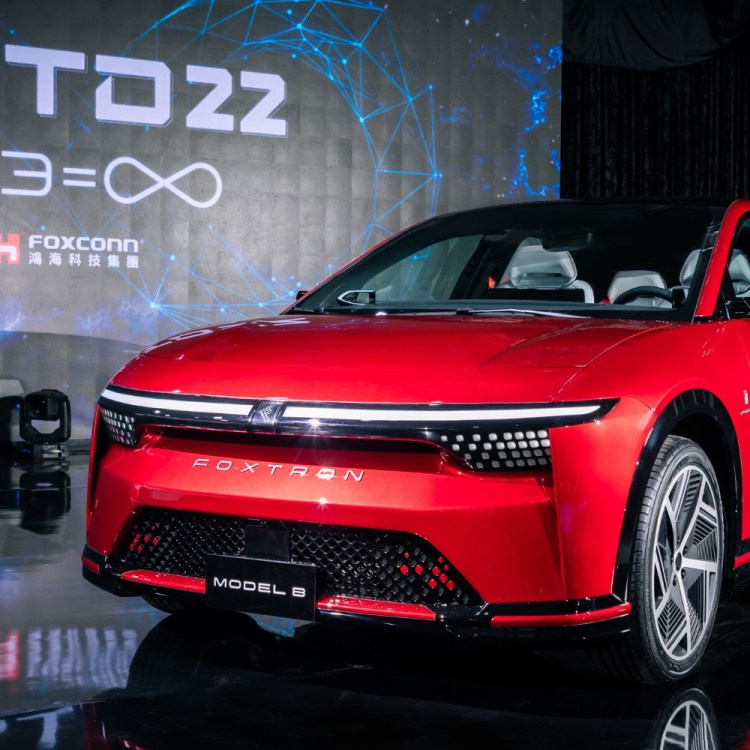Sometimes the purest driving experiences are naked. Without a fixed roof, some good, messy stuff can seep in — exhaust rumble, wafts of jasmine blooms, rays of sunshine, the inexplicable urge to keep driving until it gets too cold, hot or wet to continue.
I was lucky to learn this early. My first car was a 1988 Ford Mustang GT Convertible, a steroidal ragtop with a lusty V8 that made quick work of open roads despite some very fundamental flaws. Back then, gas was cheap and ragtops were plentiful. As those salad days rolled on, annual sales of convertibles peaked to well over 300,000 between the mid-1990s and mid-2000s. But like all romantic swells, the vibe eventually ebbed, forcing the auto industry to readjust.
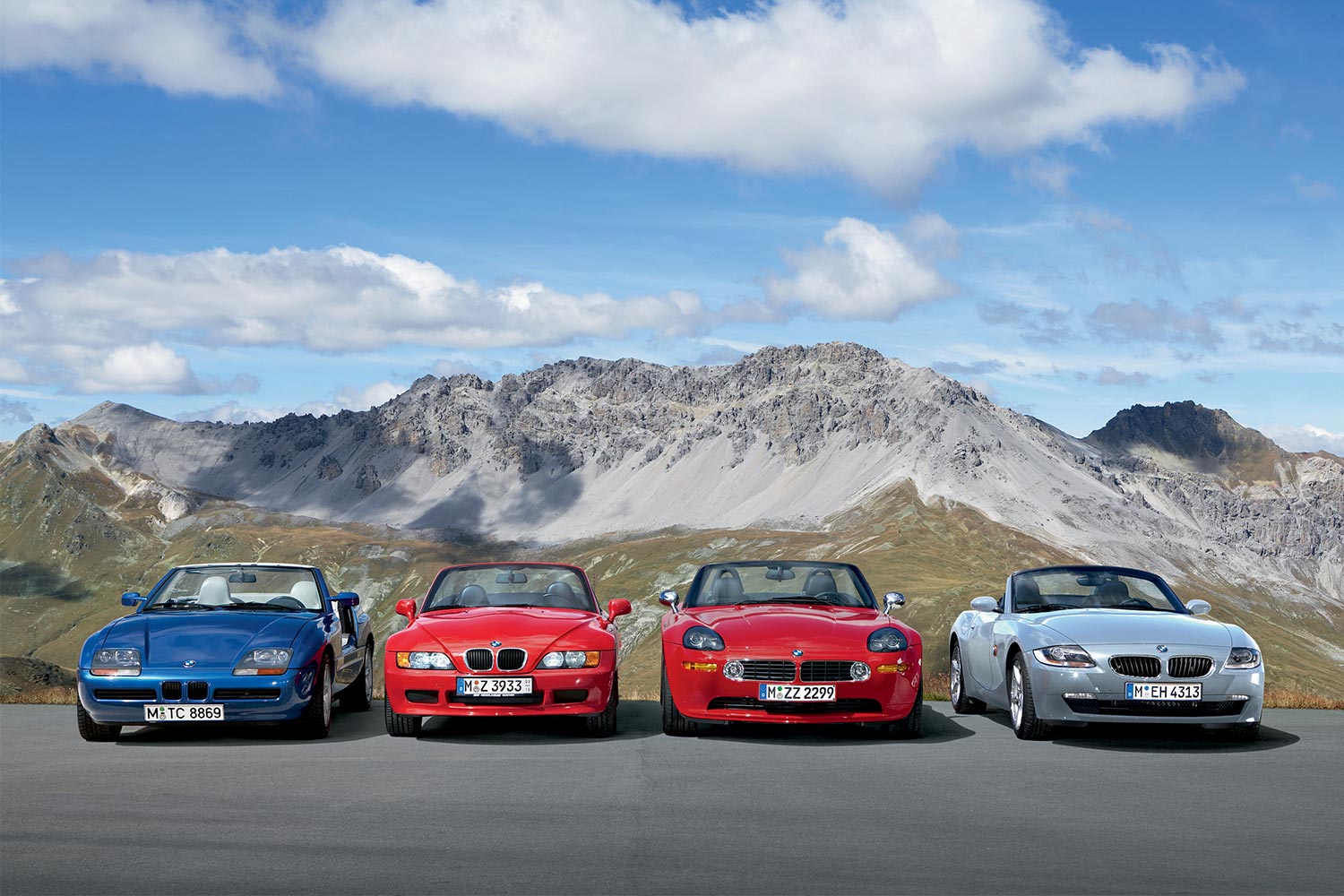
What’s a Ragtop Like You Doing in a Market Like This?
“Passenger cars comprised the healthy majority of new vehicle sales during the convertible’s heyday, and most convertible nameplates have been passenger cars as opposed to SUVs,” explains Ed Kim, AutoPacific president and chief analyst. Kim says that Gen Xers also contributed to the decline of ragtops because they tend to travel with more friends than will fit in a snug cabriolet. Escalating efforts towards electrification have also fueled the decline. These days, convertibles amount to fewer than 100,000 units, or half of 1% of new vehicle sales in the U.S.. However, according to J.D. Power, they occupy a whopping 28% of the so-called super-premium segment that includes the likes of Bentley and Ferrari.
Recent seat time in a 2023 BMW Z4 begged the question: What’s a nice, sub-$100,000 ragtop doing in a market like this, and why did this cabrio survive the open-air downturn? To paint some historical perspective into the drive, BMW pulled a truckload of classic Z3s and Z4s from their collection for a roadsterpalooza road trip through the Sunshine State. The context of those youngtimers helps explain the precarious place convertibles hold in today’s market.
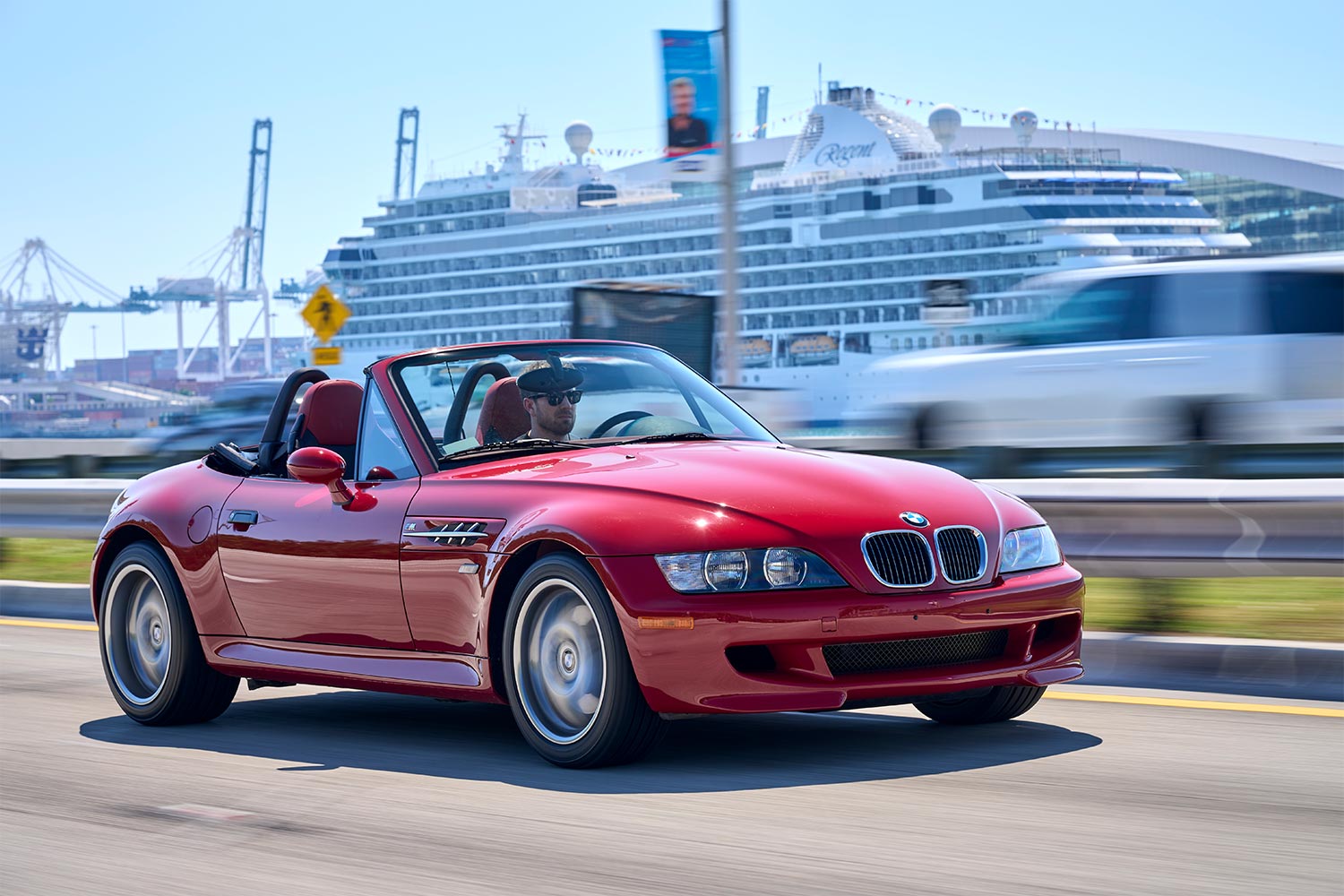
Top-Down Time Travel
Florida roads are nothing to write home about. The routes linking Miami to Amelia are flat and featureless, not curvy and hilly as God intended good driving roads to be. But a funny thing happened on the way to the Amelia Island Concours: it took just one low-speed corner in a 2002 BMW Z3 M Roadster to feel transported to an era when everyone from Chrysler to Toyota to Volkswagen was selling affordable convertibles. It wasn’t just the Z3’s compact cabin or unrepentantly analog gauges. When this Bimmer was sold new some two decades ago, it competed against a bevy of fun, performance-focused ragtops from the long-discontinued Honda S2000 to the soon-to-be-defunct Audi TT. How did BMW stand out against compelling options like the Mazda Miata and Porsche Boxster? Consider the brand’s “Ultimate Driving Machine” adage, a succinct superlative which promised a prevailing commitment to making the person behind the wheel feel like a master of the universe.
It’s Time for a Proper Farewell to the Audi R8 Supercar
And what better way to pay homage than a Sunday drive in SoCal to an amazing brunch?The mission was easier back then, not only because engineers could justify their efforts in the face of the fearsome competition. Building lighter, more responsive cars with viscerally appealing naturally-aspirated engines was simply more feasible. The stakes were lower, the market more forgiving. As such, the Z3’s curb weight of only 3,000 pounds, hydraulic steering and assiduously tuned suspension might have taken quite a bit of engineering might to achieve, but there were also fewer add-on features and added weight that would have sacrificed the car’s driving dynamics.
Focused on the task at hand, BMW was free to dial in quite a bit of precision to the performance components that mattered. Jumping into a 2008 Z4 3.0i maintained my suspicions: Thanks to a similar curb weight and a focus on seat-of-the-pants satisfaction, the ‘08 Z4 remains a delightfully tossable two-seater with an easy, quick-to-turn demeanor whose axis of rotation seems centered on the driver’s bum. The Z4 seems to take itself more seriously than the Z3, with a thicker steering wheel, fancier interior materials and then-newfangled features like a pop-up navigation screen which, frankly, didn’t age very well. Despite their technological growing pains, these early Z3s and Z4s are strangely satisfying to drive, with a diminutive footprint and the ability to turn on a dime without delivering an abusive ride. Crucially, they can feel thrilling even at pedestrian speeds, coming across as simple, honest and straightforward.
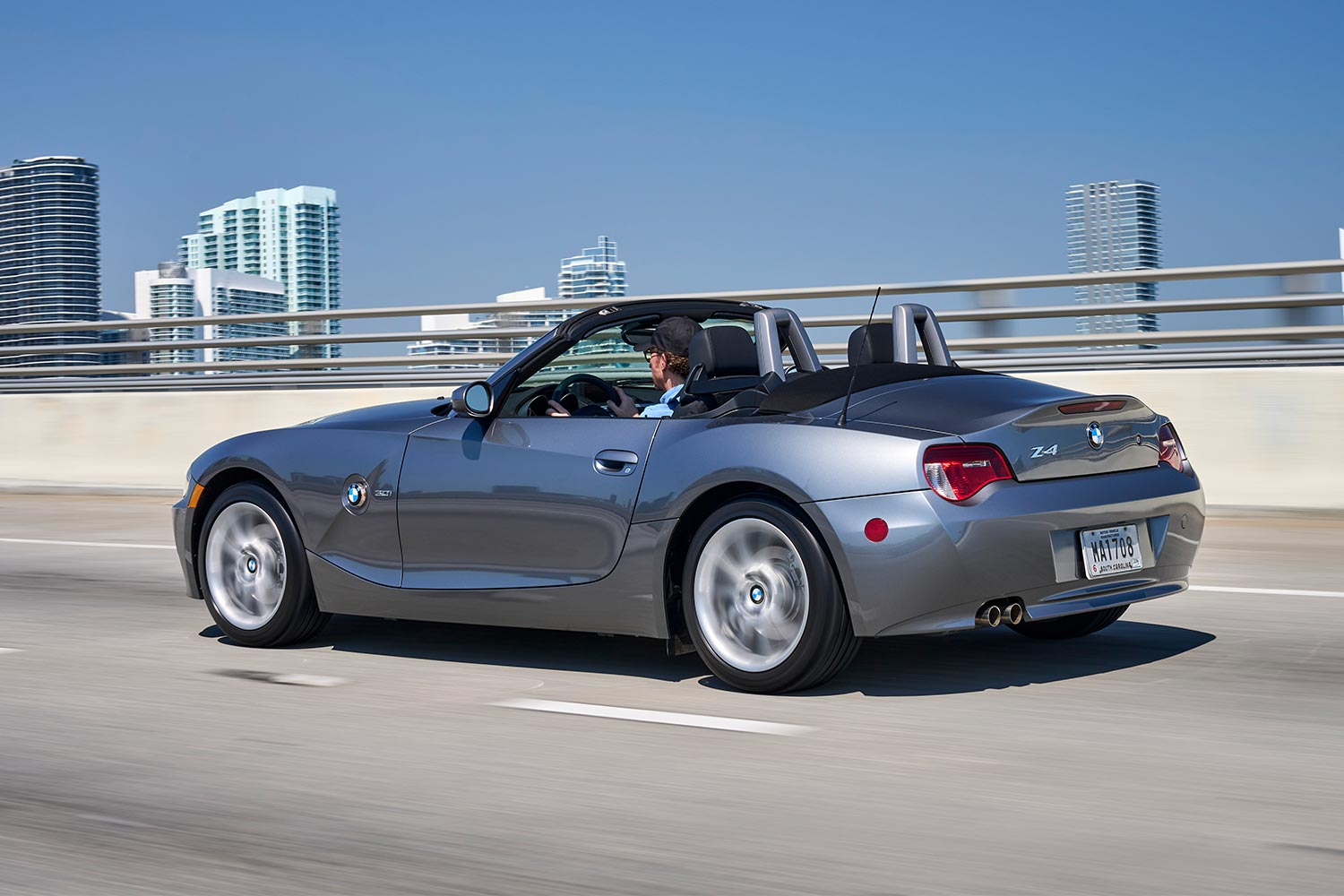
The Very Model of a Modern Soft Top
This brings us to the latest iteration of BMW’s Z4. At least visually, the 2023 Z4 M40i’s genealogical roots are clear as day, from its nose-heavy and tail-tight proportions to surfacing placing it firmly within BMW’s current design vernacular. However, unlike its predecessors, the modern Z4 ups the ante in all directions. For starters, there’s quite a bit more power on tap in the top model: 382 horsepower and 369 lb-ft of torque, which can scoot this diminutive roadster to 60 mph in under four seconds. For the record, that’s quicker than any Lamborghini or Ferrari from the days when my ‘88 Mustang roamed the streets. The latest Z4’s speed is addictive, with all that power routed through a silky smooth eight-speed automatic, with no option for a three-pedal manual.
Along with the wheel-spinning power is significantly more computing power as well. While the classics bundled rudimentary traction control systems with lightweight construction and not much else, the latest and greatest bring a laundry list of electronics and safety systems that add weight and complexity. While the earliest Z3s weighed around 3,000 pounds, you’re now hauling around at least 500 more pounds with a Z4. Granted, the energy-dense modern engines more than make up any losses in the power-to-weight ratio arena. But there’s also an inevitable tradeoff in steering feel due to the increases in mass.
While the old-school models come across as low-key rambunctious, the latest Z4 feels more planted, deliberate and potent — think less right-brain intuitive, more left-brain rational. Not that there isn’t enjoyment to be had. After all, who doesn’t like refinement and going fast? But it’s a different sort of immediacy that comes with the experience, one that requires driving faster and taking more risks to fully exploit. There’s also more on the table financially these days, with the four-cylinder 2023 Z4 sDrive30i starting at $52,800 and the six-cylinder M40i beginning at a substantial $65,300.
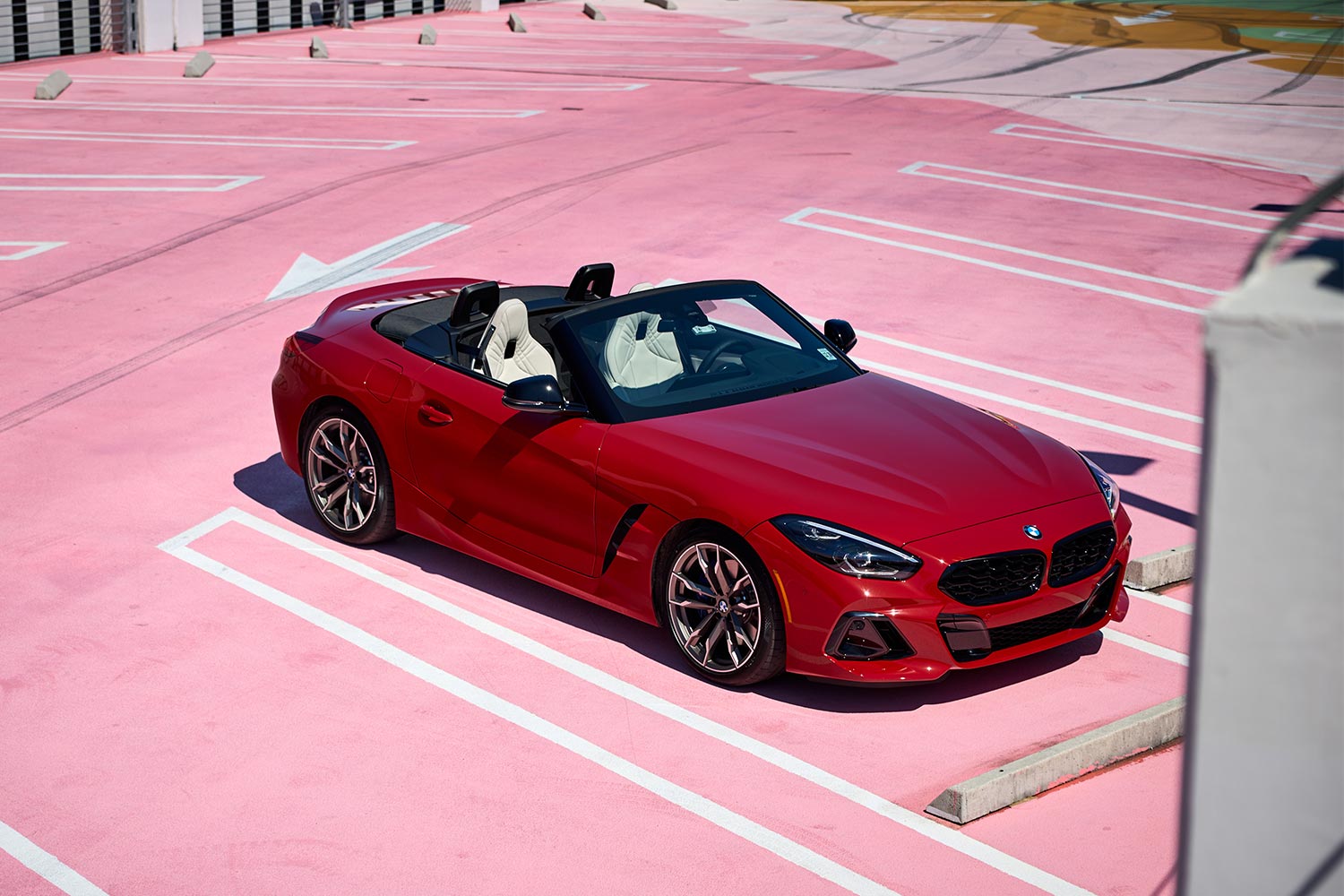
The Convertible Grows Up
With fewer players in the soft-top game, convertibles have been forced to find narrower niches that cater to more specific needs. When the Mazda MX-5 Miata debuted as a 1990 model with a meager $14,000 MSRP, it begged for fun, noncommittal motoring. As carmakers have had to navigate through an increasingly challenging consumer environment, they’ve backed away from potentially riskier models like convertibles.
As fun to drive as the earlier Z3 and Z4 models were, they weren’t big moneymakers for BMW. “Given the minuscule volumes that the prior generation Z4 had shrunk to, it’s probably unlikely that BMW would have developed a successor,” Ed Kim says, alluding to the fact that the newer Z4 is a production partnership that also yielded the Toyota Supra.
“Many automakers have taken to partnerships as a means to compete in high cost/low margin vehicle segments that are nonetheless strategically important enough for them to want to compete in,” he explains. “If development costs are shared with another automaker, a business case can indeed be very feasible.” He suggests the same goes for the Toyota GR86 and Subaru BRZ, partner sports cars which likely would have not existed on their own.
Where does this leave the embattled convertible in its bid for survival? While dreamy EV concepts like the Genesis X and Nissan Max-Out present the promise of an electrified, open-air future, exactly how those battery-powered convertibles make it to showrooms will require a bit of an auto industry renaissance. In the meantime, here’s to hoping the venerable soft top becomes more than a premium-priced footnote in a sea of SUVs and EVs.
This article appeared in an InsideHook newsletter. Sign up for free to get more on travel, wellness, style, drinking, and culture.
